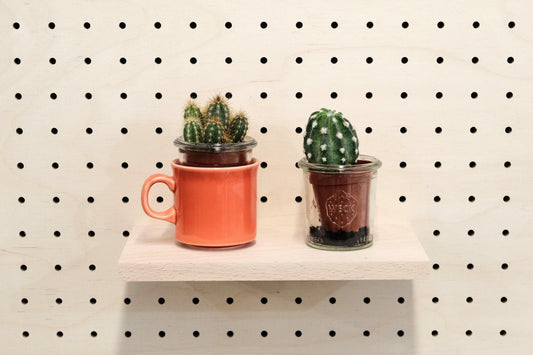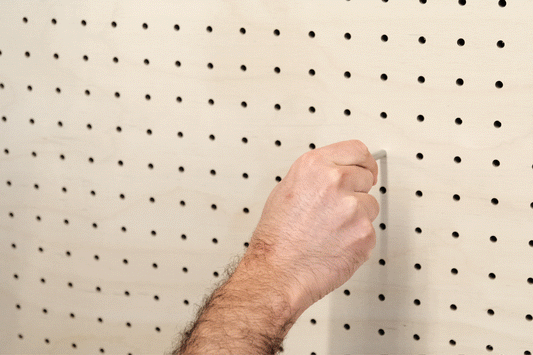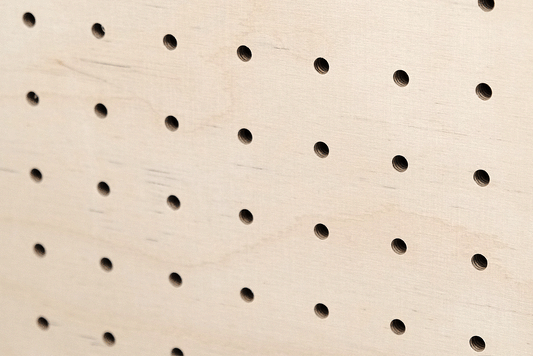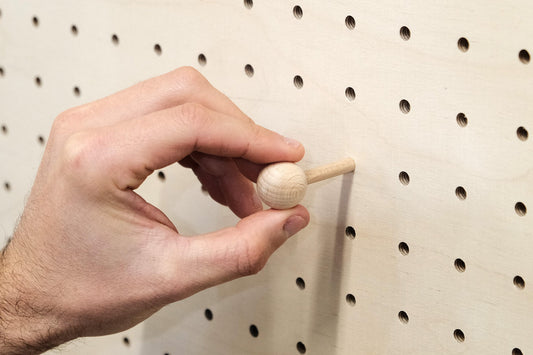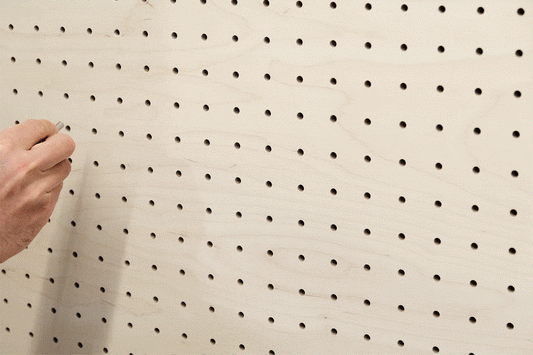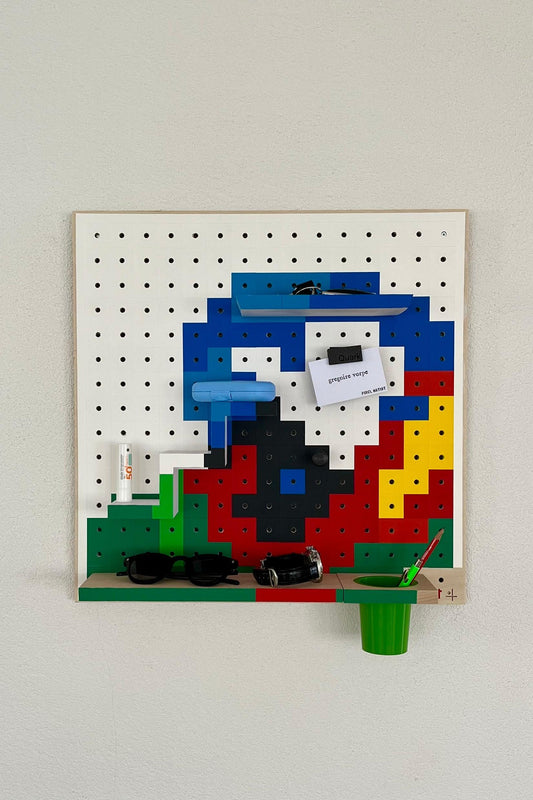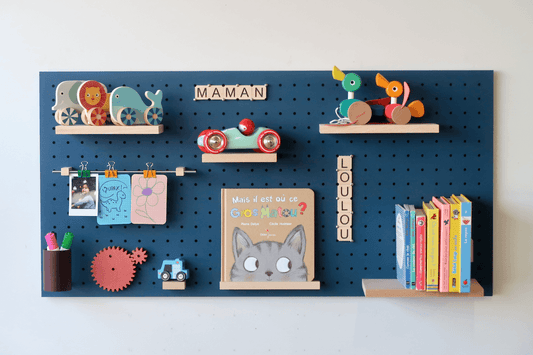Ecological art , also known as environmental art or eco-art , is a form of artistic expression that focuses on environmental issues and sustainability . More and more artists are using their creativity to raise awareness, inspire and inspire action to protect our planet . In this article, we will explore the fascinating world of ecological art and its essential role in environmental engagement.
What is ecological art?
Ecological art, also called environmental art or eco-engaged art, is a form of artistic expression that integrates environmental concerns into the creative process. Eco-friendly artists, for example, use sustainable , recycled or organic materials , and highlight themes such as biodiversity , climate change , environmental degradation and sustainability . They seek to create works that arouse reflection, empathy and action in favor of the environment.
Awareness and education
One of the key purposes of environmental art is to raise awareness and educate the public about environmental issues . Artists use their creativity to communicate powerful and emotional messages through their works. Whether through paintings, sculptures, installations or performances. They invite viewers to reflect on their relationship with nature. To become aware of the ecological emergency and to adopt more sustainable behaviors .
Ecological art highlights the beauty and fragility of nature . Artists often use natural elements such as leaves, branches, rocks or organic materials for example to create their works. By highlighting the diversity and complexity of nature, they underline the importance of the conservation and preservation of ecosystems.
Reflection on our environmental impact
Ecological art encourages reflection on our individual and collective impact on the environment. The artists ask questions about our consumerist way of life , our use of natural resources and the consequences of our actions on the planet . On the other hand, they highlight problems such as pollution , deforestation, soil erosion and loss of biodiversity, thus inviting the public to reconsider their choices and adopt more sustainable behaviors.
Ecological art goes beyond awareness and aims to encourage action and commitment. Above all, artists offer creative and innovative solutions to solve environmental problems.
Art as a Means of Raising Awareness
Art has always had the power to captivate , move and provoke thought . Beyond its aesthetic beauty, it can also serve as a powerful medium for awareness and change. Artists around the world have used their talent to address social, political and environmental issues, opening up dialogues and raising awareness . In this article, we will explore how art can be used as a tool for raising awareness and social engagement , encouraging audiences to reflect, question and take action.
Art transcends language and cultural barriers . It can communicate emotions, ideas, and messages in powerful and universal ways . Artists use their creativity to give voice to issues that need attention. Such as human rights, social justice, mental health or climate change for example. Works of art can touch viewers to the core of their being. Arousing empathy and a desire to get involved.
Art can provoke intense emotions and subsequently disrupt pre-established conceptions . Artists often seek to elicit emotional responses from audiences by presenting shocking scenes, powerful symbols, or visual metaphors.
But art doesn't just elicit emotions, it can also inspire action . Engaged artists seek to motivate the public to take action and become agents of change. They often provide information, resources, or calls to action as part of their works. Whether it's encouraging donations for a cause, encouraging participation in social movements or offering creative solutions to problems. Art can play a crucial role in mobilizing individuals and communities.
Banksy: the committed street art artist
View of Banksy's graffiti on the Rio de Ca' Foscari in Venice in May 2019. Credit: Rosanna Codino/EPA-EFE/Shutterstock
Banksy is an urban artist known worldwide for his engaged and politically charged art . However, his identity remains a mystery. But his provocative and often humorous works are ubiquitous on streets around the world . One of the most striking characteristics of Banksy's art is his ecological and environmental commitment . Through his creations, he denounces problems related to the environment and raises questions about the consumer society and waste . Banksy often uses recycled materials and environmentally friendly techniques in his art installations. For example, he painted murals using stencils and water-based paints.
Graffiti made in the United Kingdom, in which he denounces this time air pollution.
His works, whether graffiti or installations, inspire viewers to reflect on the impact of their actions on the planet and the importance of sustainability. Thanks to his unique artistic talent and his commitment, Banksy managed to raise awareness of environmental issues among a wide audience , making him a true pioneer of ecological art.
Here is one of the works that I particularly appreciate:

Denounce consumerism and contempt for the environment. The most anonymous of street artists and could not be more committed, Banksy, has chosen to hijack one of the most famous paintings in the world: Monet's water lilies . Cleverly baptized “Show Me the Monet” the diverted work of Banksy irremediably refers to the famous impressionist painter Claude Monet. Also echoing in its consonances to the pecuniary aspect . With a subtle play on words that suggests “show me the money”. Thus, on this work produced in 2005, Banksy added to Monet's splendid water lilies a cart and a traffic cone to warn of waste thrown into natural spaces. Real dangers for fauna and flora.
The Use of Recycled and Sustainable Materials in Art
In our quest for a more sustainable way of life, interior decoration plays a key role. Using recycled and sustainable materials allows us to reduce our environmental footprint while creating aesthetically pleasing spaces.
The use of recycled materials, for example, makes it possible to give new life to elements that would otherwise be destined for landfills . By choosing recycled materials, such as reclaimed wood, refurbished furniture or recycled textiles, we contribute to the reduction of waste and the preservation of natural resources . This also reduces the demand for new materials. Which often require energy-intensive extraction and production.
The use of recycled and sustainable materials supports the concept of circular economy , where products and materials are reused and regenerated rather than discarded. By choosing furniture, floor coverings or accessories made from recycled materials , we therefore participate in the creation of a sustainable production loop . On the other hand it stimulates innovation in product design. And also encourages manufacturers to adopt more sustainable practices.
Deniz Sağdıç, the textile magician
The creative that we present to you today, originally from Turkey, has an answer to the question " What to do with your worn jeans ?". Deniz Sağdıç has been practicing for several years a surprising art which consists of cutting jeans to create portraits using different creative techniques.
Deniz's strength is his ability to transform an entire pair of jeans into a work of art. She collects everything. Fabric in different shades of blue. Through the buttons, to bring faces to life with astonishing detail.
Here are for example some of the portraits made by gluing together straight pieces of fabric. But she later used other techniques, such as gluing the pieces flat or using trouser buttons.



Art as a means of denunciation
Art has always played an essential role in society as a means of expression , reflection and denunciation. Throughout history, many artists have used their creativity to highlight injustices , inequalities , and social issues . We will explore the power of art as a means of denunciation , examining how artists use their talent to create change and; in the same way to awaken consciences .
This allows us to talk about the injustices and inequalities that exist in the world. To criticize the political and social system but also to question established norms.
Engaged artists challenge prevailing norms and values in society. They challenge received ideas, stereotypes and prejudices, offering alternative perspectives . Through their creativity, they encourage the public to reflect, to question their own beliefs. But also to consider new ways of seeing the world.
Benjamin Von Wong: A Fanciful Artist

#MermaidsHatePlastic
Benjamin Von Wong is a photographer and visual artist known for his commitment to the environment . His bold and impactful works aim to raise awareness of environmental issues. Such as plastic pollution for example, climate change and the degradation of ecosystems.
Von Wong is best known for his ambitious photographic projects that combine artistic creativity with environmental impact. He creates striking images using dramatic backdrops. By staging human subjects in natural environments. For example, in his "Mermaids Hate Plastic" project, he photographed women dressed as mermaids in seas of plastic waste to draw attention to the problem of ocean pollution .
In addition to his photographs, Von Wong strives above all to put in place concrete initiatives to support the environment. He has launched crowdfunding campaigns for projects such as creating a giant jellyfish sculpture out of reclaimed plastic and hosting an air show to promote renewable energy.
Benjamin Von Wong's artistic approach aims to arouse emotion and incite action . By using the power of the image, he seeks to awaken consciences. But also to encourage individuals to change their behavior to preserve our planet.
Through his creative talent and commitment to the environment, Benjamin Von Wong has become an influential voice in the field of ecological art . His works have been exhibited all over the world. And he continues to inspire many people through his committed artistic work.

The "Strawpocalypse" installation in Vietnam is made up of 168,000 straws.©Screen capture / blog by Benjamin Von Wong

Crystal cave made from 18,000 plastic cups
Conclusion
In short, environmental engagement through eco-art provides a creative platform to raise awareness , educate , and inspire sustainable action . Environmental artists use their talent and creativity to explore environmental issues , showcase the beauty of nature, and encourage the public to think about their impact on the environment . Through impactful and emotional works , they stimulate thought, promote awareness and inspire active engagement .
Ecological art goes beyond mere aesthetic representation. It encourages deep reflection on our relationship with nature and the consequences of our life choices. Ecological artists highlight pressing environmental issues. Such as climate change, loss of biodiversity and pollution. While offering creative solutions to deal with it.
By engaging in community projects , cross-disciplinary collaborations , and outreach initiatives , environmental artists inspire viewers to take action. They encourage behavior change , active participation and the adoption of sustainable lifestyles. By their example, they show that art can be a powerful means of promoting strong environmental commitment and creating a positive impact on society.
In a world facing increasing environmental challenges, ecological art offers a ray of hope . It reminds us of the beauty and value of our planet while encouraging us to take action to protect it. By supporting and celebrating ecological art, we encourage innovation, education and collective awareness. By building a more sustainable and harmonious future for future generations .
I hope the blog post has you more! Do not hesitate to share your opinions with us in the comments!
See you next week Quarkos!














